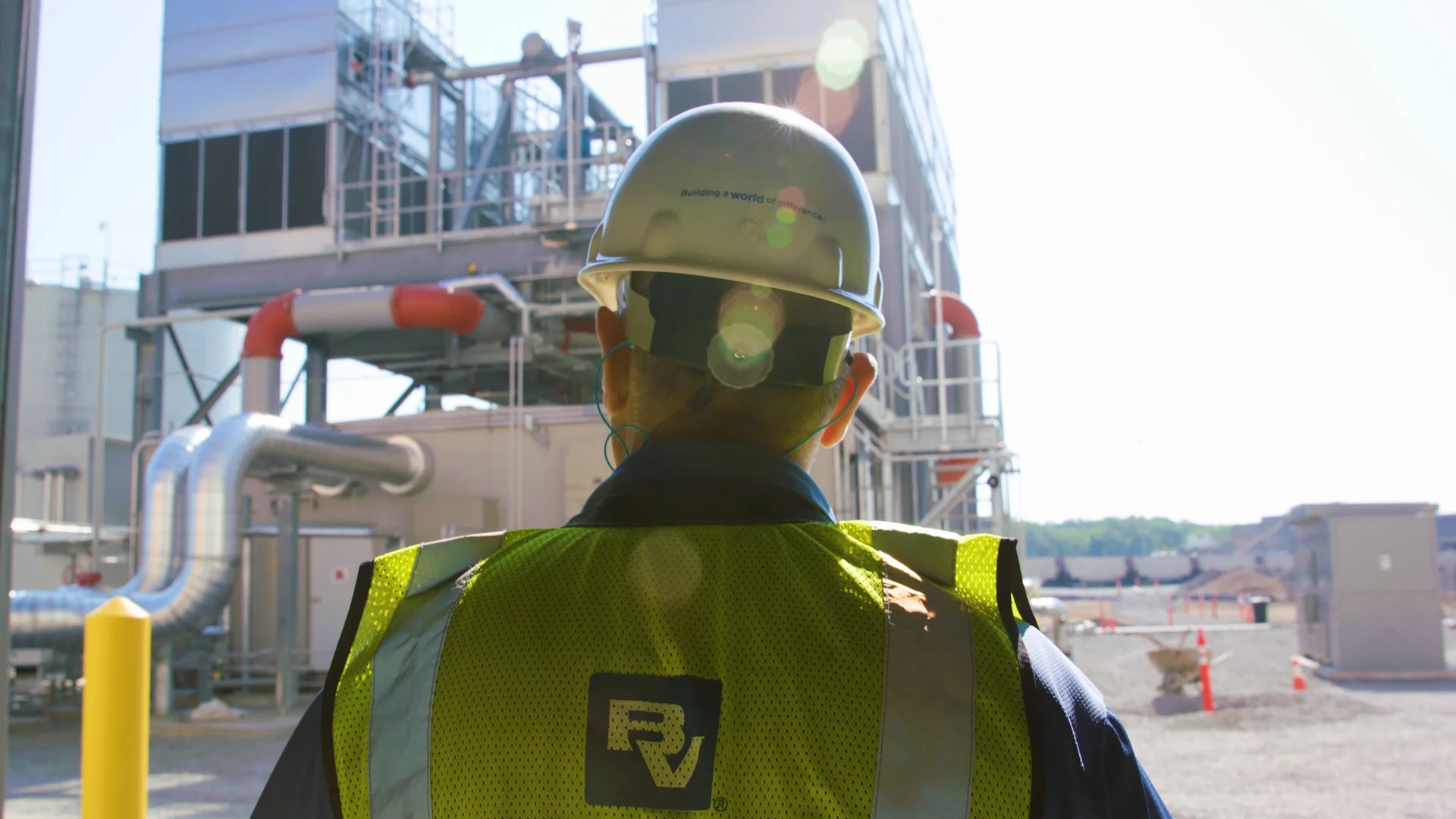Customers Driving Sustainability in the C-Suite

More efficient and sustainable operations have long been goals for utilities, but this has only become more challenging in the era of climate change. Utilities are being tasked with adapting faster than ever while also addressing more frequent extreme weather events, natural disasters, and regulatory structures that often do not keep pace with changing market dynamics. While utilities have varying ESG goals, decarbonization has emerged as a primary effort for many. In just the past two years, major decarbonization announcements — many pledged outside of regulatory mandates — have become the norm among the world’s largest utilities.
Highlighting this point, more than half of respondents to our 2020 Strategic Directions: Electric Report survey said they have decarbonization goals apart from regulatory directives, illustrating the importance of market drivers in this transition.
While Xcel Energy was an early mover in 2018 with its own net- zero carbon plans, zero-carbon plans have been announced by many of the biggest U.S. utilities, including Duke Energy, Dominion, Southern Company and Ameren. Companies of all sizes are embracing sustainability not only in the face of climate change but also as the workforce of the future demands to know what their employers are doing about these issues.
The key driver for utility decarbonization pledges is that sustainability has rapidly ascended as a priority for large corporate customers and other stakeholders, intensifying market drivers for decarbonization. Besides 100-percent renewable and net-zero commitments from Fortune 100 companies such as Amazon, Google, Maersk, Nestle Global and Dell — all part of the RE100 initiative — net-zero goals from telecom providers such as T-Mobile, Sprint and AT&T, along with the departure of major original equipment manufacturers (OEM) from the coal power sector, like General Electric, Siemens and Toshiba, reflect the impact of sustainability among corporate leaders. Black & Veatch recently released its 2020-2023 Sustainability Strategy, which outlines the company’s path towards a more sustainable future.
On the municipal front, cities large and small around the globe have net-zero goals. 2020 also saw a marked uptick in action from shareholders as well as from financial giants such as Blackrock, which declared climate risk as a financial risk in an open letter from its CEO, Larry Fink. Additionally, an increasing number of financial regulators are exploring ways to address the systemic risk of climate change in financial markets. These trends are driving action from both forward-looking utilities and even the sector’s most recalcitrant actors.
The newfound willingness by utilities to address deep decarbonization is attributable to the fast-expanding toolkit
at their disposal, as well as collective understanding of market players that inaction also creates great risks to business as usual. It was only a few years ago that utilities saw “zero emissions” as an unrealistic or even impossible goal. But today, the continued cost declines of wind, solar and battery energy storage, along with flexible demand-side resources at scale, have made high penetrations of renewables a possibility without sacrificing grid reliability. Emerging technologies for dispatchable zero- carbon generation — including hydrogen, and carbon capture sequestration and utilization technologies — also are drawing growing interest from utilities, as well as from oil and gas and other industrial sectors, seeking a broader low-carbon resource base.
Given the internal and external drivers, most utilities — no matter their size — are moving towards more sustainable operations. Survey results show that a combined 83 percent of large utilities (those serving at least 2 million customers) and 62 percent of smaller utilities (with fewer than 500,000 customers) “somewhat” or “strongly” agree that “we are pushing our capital towards clean energy”.
It is not just the electric sector that has embraced sustainability at the highest levels of the organization, with hydrogen particularly emerging as the hot energy topic in the past year. Both oil and gas interests and electric and natural gas utilities have focused on hydrogen as a unique opportunity to leverage their expertise and capital to fill gaps in the existing decarbonization solution set.
The gas industry notably is keenly interested in the ability of “blue hydrogen” produced from natural gas, with the carbon dioxide captured during the production process, to accelerate the deployment of hydrogen at scale. Eventually the industry hopes to move towards zero- emission “green hydrogen” produced from excess renewable energy. With its ability to
mix with existing natural gas fuels (to a point), expect the debate over the net-carbon benefits of blue hydrogen to be weighed against its rapid deployment and its rapid impact on power sector emissions.
Additionally, development of lower-emission materials such as carbon-sequestering cement and engineered wood is attracting interest in the construction sector. Renewable natural gas also can offer an opportunity for both wastewater utilities and natural gas providers to substantially reduce their carbon footprints. While many water utilities have traditionally been technologically conservative, many are now embracing innovation to meet
environmental challenges, with nearly 70 percent of survey respondents claiming to be “leading innovation” or an “early adopter of innovative ideas” for environmental stewardship.
Given the increased focus on climate risk and sustainability in the private and public sectors, utilities are embracing their own sustainability goals, knowing that they no longer need to choose between decarbonization and financial performance. Instead, savvy utilities are seeing that sustainability is opening doors to new types of service such as green tariffs and battery storage, which offer zero emissions and more reliable service to better serve tomorrow’s customers.
Contact Us
Looking for a partner in innovation?
Let's Talk
